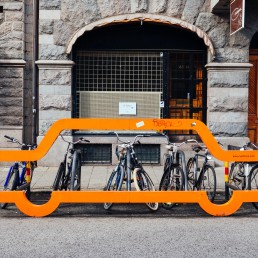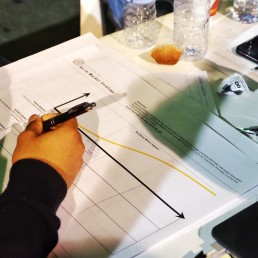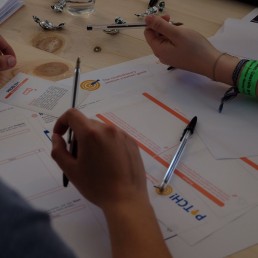Once you have figured out your strategic business plan, you dive into it for a detailed analysis of your End User Profile. The main goal here is to be sure that you are developing your product/service focused on the real human being who will be using or buying it, rather than around your own beautiful features and innovative tech.
It is interesting to notice that each customer actually consists of two units.
- End User: the individual (flesh & bone person) who will purchase and/or use your product.
- Decision-Making Unit: the 3 influential individuals who decide whether the customer will buy your product.
- Champion: often also the end user, who wants the customers to purchase the product.
- Primary Economic Buyer: often also the end user, who has the authority to spend money to purchase the product.
- Influencers, Veto Power, Purchasing Department, etc.: not the end user, who has influence or direct control over the decision of the Primary Economic Buyer.
Know your customer: which present do they want

Considering the example of the weddings’ industry, particularly the case of the personalized wedding guest presents that all guests take home as a memory of Mrs. and Mr. X’s special day:
- The end user will be everyone who attended the ceremony and will be receiving these wonderful wedding guest presents.
- The veto power and main influence on the decision of which items are part of the wedding guest presents are held by the bride.
- The primary economic buyer will be the bride’s parents, who are paying for the wedding, and will ultimately decide how much they are willing to invest in presents for the guests.
- The champion will be the bridesmaids who play in both fields as influencers of the bride’s decisions (AKA: of where the money will be spent) and as end users of the decided wedding guest presents.
It is great if you already know who the Decision-Making Unit is, and perhaps even keep it in mind throughout the process, but only focus on the End User for now. Why? Because if the End User does not use your product/service, the customer (both end user and decision-making unit) realizes no value in buying your product/service and no decision-making unit will pay for it again.
If your innovation is built on a one-sided market, where only one kind of end user is required for the product to work, create only one End User Profile; if your innovation is built on a multi-sided market, such as marketplace platforms that attract both sellers and buyers, you will need to create an End User Profile for each side of the market.
-
Excited to translate your business idea into a scalable business model?
Simply sign up now to access our tutorials, videos and tools that guide you through the art of creating and testing winning business models.
All this, and a lot more – for free!







